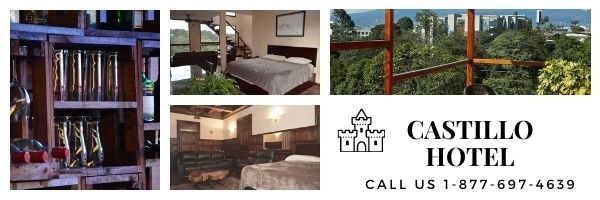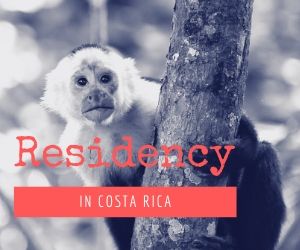From
Inside Costa Rica Friday March 31
Quote:
Ticos Live Better Today Than 16 Years Ago, Study Reveals
In the last sixteen years Costa Ricans have been able to increase their income and purchasing power. Most Costa Rican homes now include appliances like microwave ovens, televisions and washing machines.
Buying a car is now within the reach of many Costa Ricans and the majority (1.2 million) have a cellular telephone. But, the fact that Costa Rican live more comfortably today does not mean that they have risen from poverty.
A study by the Instituto Nacional de EstadÃstica y Censos (INEC) reveals that inequality between the rich and poor has increased.
The study took in some 5.200 homes in all parts of the country between April 2004 and April 2005 with the idea to study the income and expenses of households with the aim to update the Ãndice de Precios al Consumidor (IPC) - consumer price index - and the "canasta basica" - the basic food basket.
Data from the the INEC study reveals that 68% of the income for a Costa Rican family is from salaries, while 11% from "transfers" from outside and rental income and 8% from informal work sources.
In addition, household income has grown 33.6% between 1988 and 2004, while individual income grew 65.6%. What the numbers mean in real terms is that a family earning, say ¢100.000 colones in 1988 would now be earning ¢133.000, while an individual ¢165.000, the reason for the increase in purchasing power.
However, the increase in income has been even throughout the different economic levels. The income of 20% of the most poor has only grown by 0.4% during the same period.
"During the last 16 years there have been surprising changes in the make up of the typical Costa Rican home. There is one less member in a typical home, less dependents under the age of 15 and more over the age o 55, and women have joined the work force" said Victor Céspedes, president of the INEC.
The study shows that the average monthly income of a poor household is ¢18.267 per person compared to ¢317.562 or 17 times more for the richer. The average poor family has a combined monthly income of ¢80.109 colones, while for a rich family it is ¢920.132 colones.
The study also focused on spending habits, revealing that 87% of expenditures goes to purchasing goods and services, clothing, rent, transportation and communications.
The study reveals that Costa Ricans live differently today that 16 years ago and though their income has increased, the price of goods and services has also increased on an average of 10 times. Céspedes said that there should be government policies to provide for more employment opportunities, health and education for those who have fallen behind. Tax income should be diverted to those who most needed, Céspedes added.
For Roy Gonzalez, manager of the Banco Central de Costa Rica (BCCR), the fact that Costa Ricans can now buy more appliances is not an indicator if Costa Ricans live better today. There is still a large segment of the population that is poor.
President Abel Pacheco said he recognizes that there is a general betterment in the level of income and quality of life of Costa Ricans, however, was saddened by the increase in the margin between the poor and the rich.
"It is unacceptable that the income of the poor only grew 6.8% while the income of the rich grew 96%", said president Pacheco, who added that is the reason why he has been pushing for the approval of the Plan Fiscal (Tax Reform) that would place a higher tax burden on the rich.
_________________

Pura Vida

Only Irish coffee provides in a single glass all four
essential food groups:
alcohol, caffeine, sugar and fat.
Alex Levine











